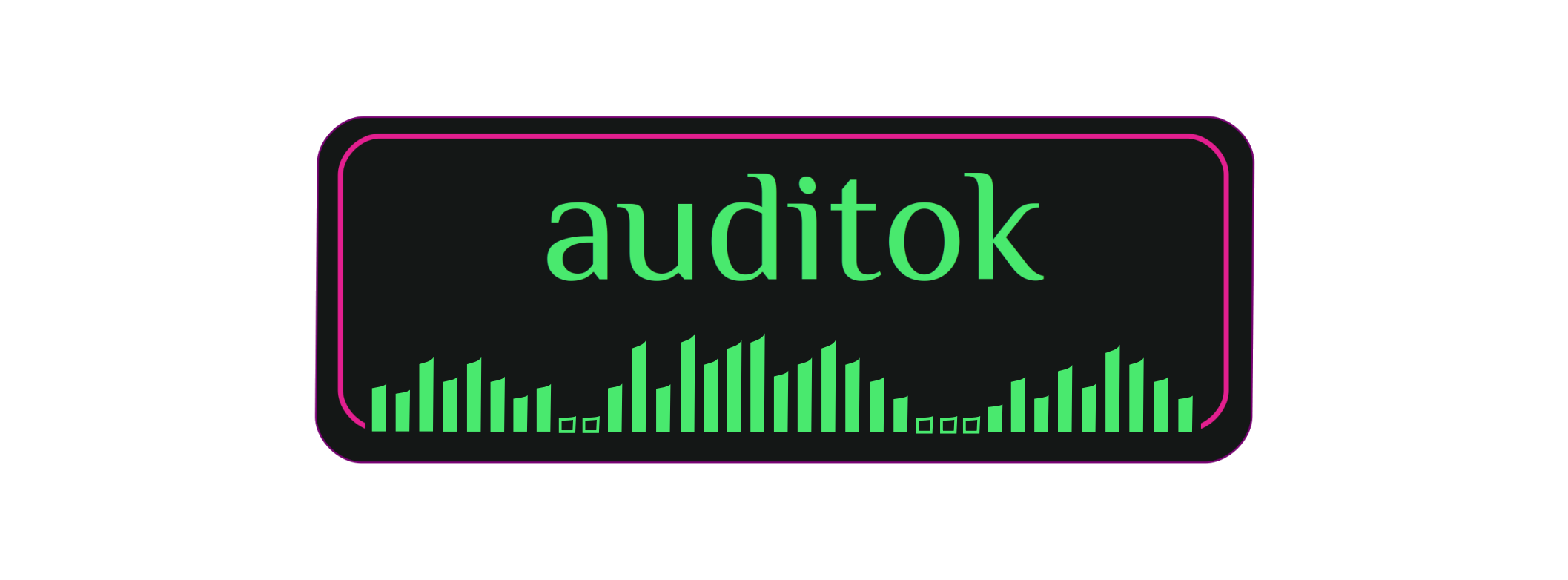auditok is an Audio Activity Detection tool that can process online data (read from an audio device or from standard input) as well as audio files. It can be used as a command line program or by calling its API.
A basic version of auditok will run with standard Python (>=3.4). Without installing additional dependencies, auditok can only deal with audio files in wav or raw formats. if you want more features, the following packages are needed:
- pydub : read audio files in popular audio formats (ogg, mp3, etc.) or extract audio from a video file.
- pyaudio : read audio data from the microphone and play back detections.
- tqdm : show progress bar while playing audio clips.
- matplotlib : plot audio signal and detections.
- numpy : required by matplotlib. Also used for some math operations instead of standard python if available.
pip install git+https://github.com/amsehili/auditokfrom auditok import split
# split returns a generator of AudioRegion objects
audio_regions = split("audio.wav")
for region in audio_regions:
region.play(progress_bar=True)
filename = region.save("/tmp/region_{meta.start:.3f}.wav")
print("region saved as: {}".format(filename))from auditok import AudioRegion
region = AudioRegion.load("audio.wav")
regions = region.split_and_plot() # or just region.splitp()output figure:
Beyond splitting, there are a couple of interesting operations you can do with AudioRegion objects.
from auditok import AudioRegion
region_1 = AudioRegion.load("audio_1.wav")
region_2 = AudioRegion.load("audio_2.wav")
region_3 = region_1 + region_2Particularly useful if you want to join regions returned by split:
from auditok import AudioRegion
regions = AudioRegion.load("audio.wav").split()
gapless_region = sum(regions)Multiply by a positive integer:
from auditok import AudioRegion
region = AudioRegion.load("audio.wav")
region_x3 = region * 3Divide by a positive integer:
from auditok import AudioRegion
region = AudioRegion.load("audio.wav")
regions = regions / 5
assert sum(regions) == regionSlicing an AudioRegion can be interesting in many situations. You can for example remove a fixed-size portion of audio data from the beginning or the end of a region or crop a region by an arbitrary amount as a data augmentation strategy, etc.
The most accurate way to slice an AudioRegion is to use indices that directly refer to raw audio samples. In the following example, assuming that the sampling rate of audio data is 16000, you can extract a 5-second region from main region, starting from the 20th second as follows:
from auditok import AudioRegion
region = AudioRegion.load("audio.wav")
start = 20 * 16000
stop = 25 * 16000
five_second_region = region[start:stop]This allows you to practically start and stop at any sample within the region. Just as with a list you can omit one of start and stop, or both. You can also use negative indices:
from auditok import AudioRegion
region = AudioRegion.load("audio.wav")
start = -3 * region.sr # `sr` is an alias of `sampling_rate`
three_last_seconds = region[start:]While slicing by raw samples is accurate, slicing with temporal indices is more intuitive. You can do so by accessing the millis or seconds views of AudioRegion (or their shortcut alias ms and sec/s).
With the millis view:
from auditok import AudioRegion
region = AudioRegion.load("audio.wav")
five_second_region = region.millis[5000:10000]or with the seconds view
from auditok import AudioRegion
region = AudioRegion.load("audio.wav")
five_second_region = region.seconds[5:10]from auditok import AudioRegion
region = AudioRegion.load("audio.wav")
samples = region.samplesIf numpy is installed, this will return a numpy.ndarray. If audio data is mono the returned array is 1D, otherwise it's 2D. If numpy is not installed this will return a standard array.array for mono data, and a list of array.array for multichannel data.
Alternatively you can use:
import numpy as np
region = AudioRegion.load("audio.wav")
samples = np.asarray(region)MIT.

